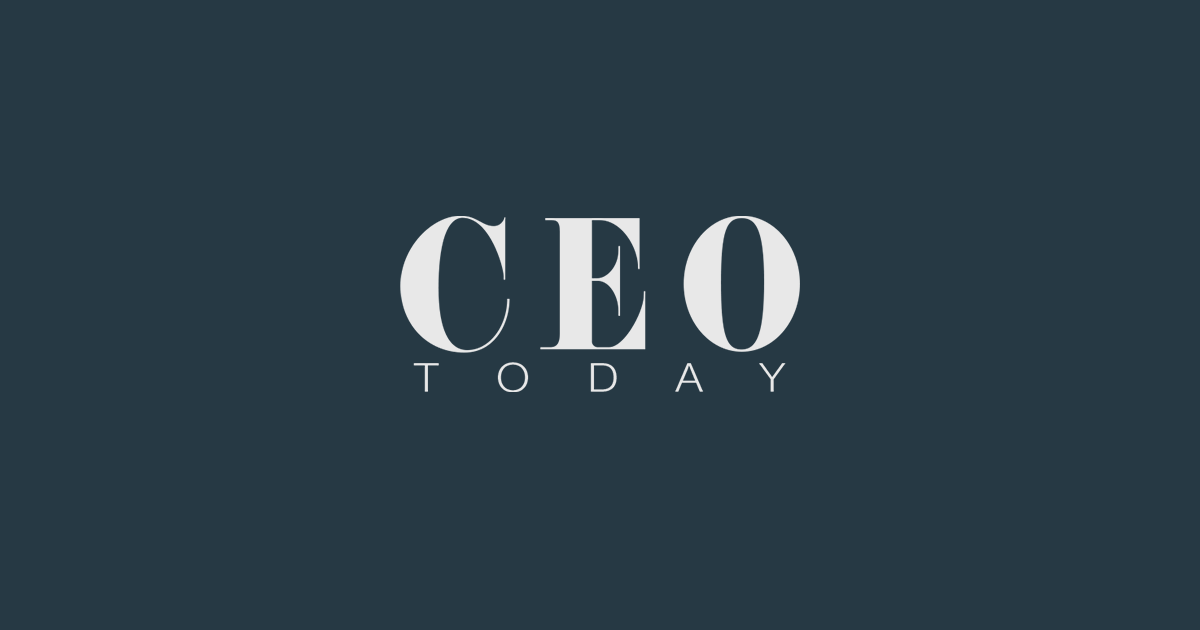The Creation of PayPal: How a Startup Changed the Future of Money
When it comes to financial technology, few companies have had the same transformative impact as PayPal. What began as a small Silicon Valley experiment in the late 1990s evolved into a global payments powerhouse, revolutionizing online transactions and giving birth to a network of entrepreneurs who would dominate the tech world. Here’s how PayPal was founded, the hurdles it faced, and how it rose to success.
The Founders: Who Created PayPal?
PayPal’s story began in 1998 with the launch of Confinity, founded by Max Levchin, Peter Thiel, and Luke Nosek. Initially, Confinity wasn’t about online payments—it was a software company focused on security solutions for handheld devices.
Everything changed when Elon Musk entered the picture. Musk had started X.com, an ambitious online banking company, with the goal of revolutionizing how people used money online. In 2000, X.com and Confinity merged, combining Musk’s vision with Confinity’s early payment technology. This merger laid the foundation for PayPal as we know it.
Other influential figures soon joined, including Reid Hoffman and David Sacks, creating a dream team that would later be dubbed the “PayPal Mafia.”
Early Struggles and Hiccups
Like any startup, PayPal’s journey wasn’t without turbulence. Some of its biggest challenges included:
-
Fraud Epidemic: Online fraud was rampant in the early days of e-commerce. PayPal had to pioneer advanced anti-fraud algorithms to survive, which later became one of its strongest assets.
-
Costly Growth: The company grew too quickly at times, offering sign-up bonuses to attract users. At one point, PayPal was losing millions of dollars a month while racing to build a sustainable model.
-
Leadership Conflicts: Tensions between Elon Musk and other executives came to a head in 2000. Musk wanted PayPal to run on Microsoft technology, while Levchin pushed for Unix. While Musk was traveling, the board replaced him with Peter Thiel as CEO.
Despite these hurdles, PayPal’s ability to adapt kept it alive during the dot-com crash, when many internet startups were failing.
The Breakthrough: eBay and Mass Adoption
PayPal’s turning point came through eBay. In the early 2000s, eBay sellers discovered that PayPal was faster and safer than mailing checks or using money orders. Buyers loved it, and adoption skyrocketed.
By 2001, PayPal had become the default payment method for online auctions, processing billions of dollars in transactions. This viral growth made it one of the rare dot-com startups that not only survived but thrived during a turbulent era.
In 2002, PayPal went public in a highly successful IPO. Just a few months later, eBay acquired PayPal for $1.5 billion, cementing its role as the backbone of online payments.
The PayPal Mafia: A Legacy Beyond Payments
Perhaps PayPal’s biggest legacy isn’t just payments—it’s the entrepreneurs it produced. The early team, often referred to as the PayPal Mafia, went on to shape much of Silicon Valley:
-
Elon Musk → Tesla, SpaceX, Neuralink, and later acquired Twitter (X)
-
Peter Thiel → Co-founder of Palantir, Founders Fund, and early Facebook investor
-
Reid Hoffman → Founded LinkedIn, now a major investor at Greylock Partners
-
Max Levchin → Founded Affirm, a fintech giant in buy-now-pay-later services
-
David Sacks → Built Yammer (sold to Microsoft) and co-founded Craft Ventures
This group’s influence extends far beyond PayPal—together, they’ve created companies worth trillions and shaped the global tech landscape.
PayPal Today
From its scrappy startup beginnings, PayPal has become a global fintech leader with over 430 million active accounts worldwide. It now offers digital wallets, crypto services, cross-border commerce, and merchant solutions. While competitors like Stripe and Square challenge its dominance, PayPal continues to expand and evolve.
Why PayPal’s Story Still Matters
The story of PayPal is one of vision, resilience, and timing. It highlights how solving a real-world problem—safe online payments—can create massive opportunities. It also shows that behind every great company lies a network of bold thinkers willing to take risks, pivot, and push through uncertainty.
More than two decades later, PayPal remains a symbol of how Silicon Valley innovation can disrupt industries, create empires, and inspire a new generation of entrepreneurs.
Related: The Palantir Founders: Where Are They Now?














